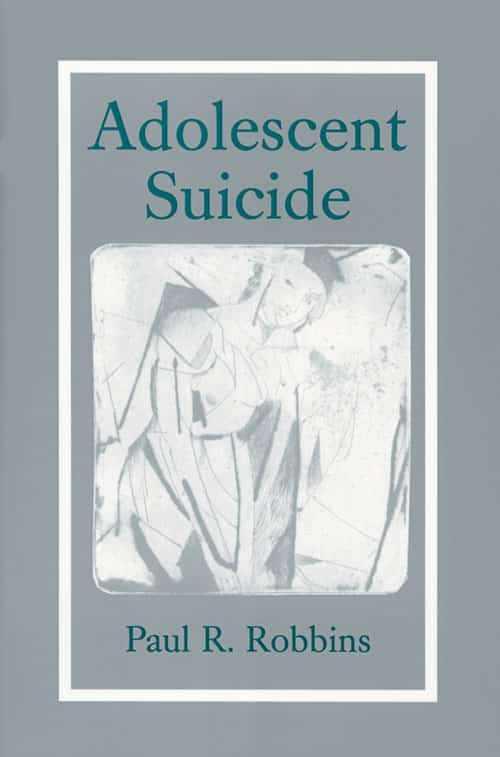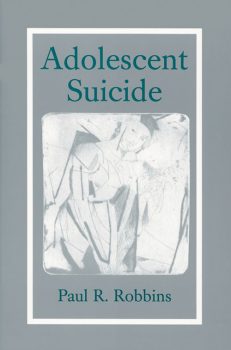Adolescent Suicide
$29.95
In stock
About the Book
Suicide is now the third leading cause of death among adolescents in the United States, and some studies suggest that as many as 75 percent of all teenagers have considered killing themselves. Current research on young people who are suicidal (those who attempt and those who succeed) is discussed in a plain way. Among the wide ranging topics covered are the prevalence of adolescent suicide, racial and gender differences, methods used in the study of suicidal behavior, associated behavioral problems (e.g., drugs and alcohol), psychological profiles, precipitating events for suicide attempts, teenage suicide clusters, the effects of suicide on family and friends, the treatment of suicidal adolescents, and, most importantly, strategies for intervention and prevention.
About the Author(s)
Bibliographic Details
Paul R. Robbins
Format: softcover (6 x 9)
Pages: 172
Bibliographic Info: notes, bibliography, index
Copyright Date: 1998
pISBN: 978-0-7864-0414-8
Imprint: McFarland
Table of Contents
Acknowledgments vii
Introduction 1
1. The Scope of the Problem 3
2. Methods of Study 15
3. Some Basic Questions 25
4. Why Suicide? Theories and Possible Explanations 34
5. Suicide and Problem Behaviors 51
6. A Psychological Profile of Adolescent Suicide 59
7. Suicide and the Family 73
8. Precipitating Events 80
9. Final Thoughts and Suicide Notes 91
10. Reactions of Friends and Family 96
11. Treatment for Suicidal Problems 101
12. Prevention of Suicide 118
13. Help for Those Left Behind 133
Notes 135
Bibliography 147
Index 157
Book Reviews & Awards
- “Will benefit interested laypersons…provides a good review of which adolescents are likely to be at risk”—VOYA.





